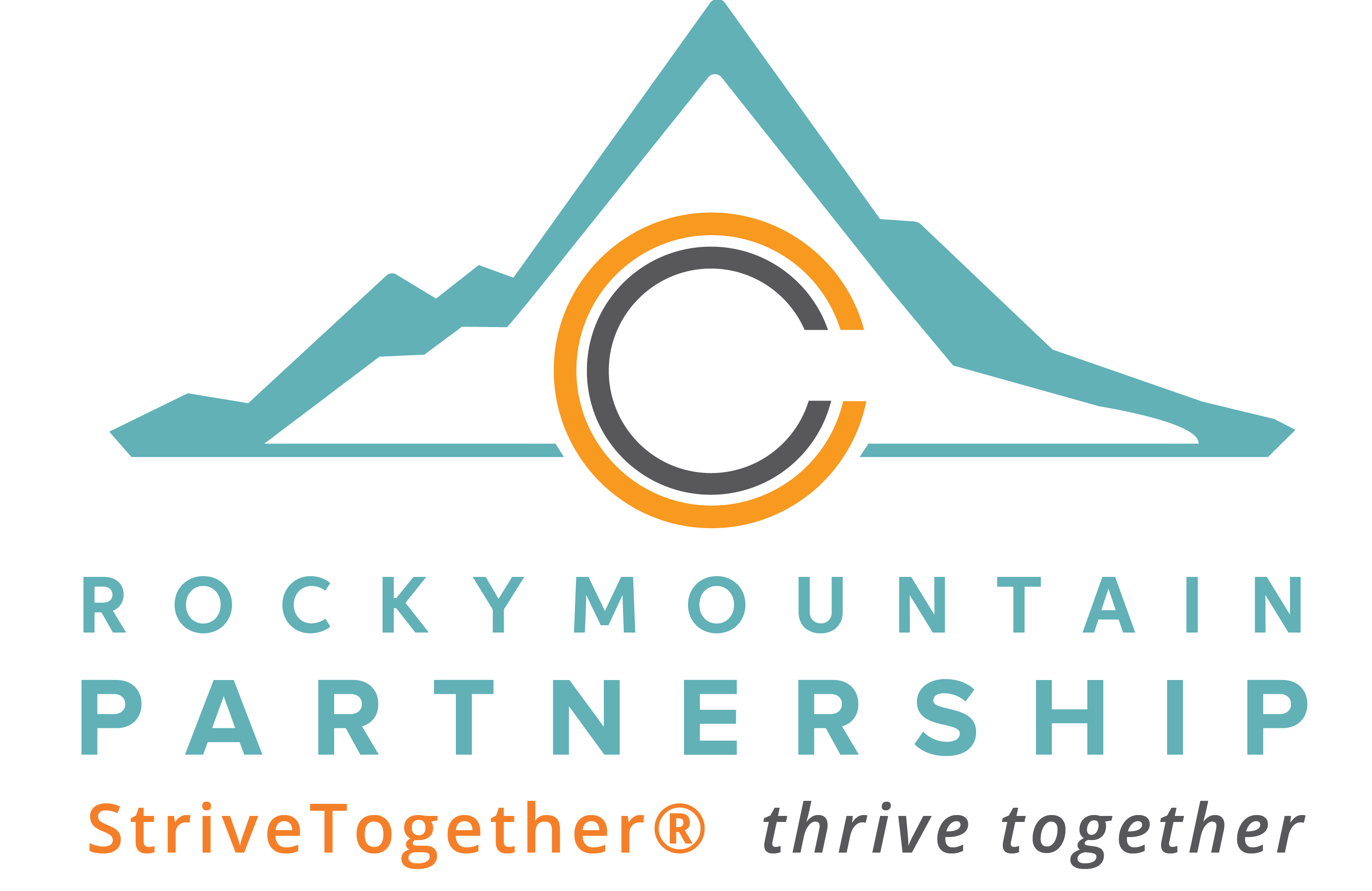
Read the Full Project Plan Here:
Project Overview:
| Ultimate Goal: | Ensure every learner who can benefit from a learning at work opportunity has access to one, particularly targeting top-paying positions within high-demand industries. |
| Challenges to Address: | The RMP region needs additional 15K individuals earning skills and credentials toward good jobs to meet the projected demands of employers in our region. |
| Current State: | There are currently 69 registered apprenticeships offered by 33 employers in the RMP Region. Apprentices are majority male (87%) and White (60%), with roughly half identifying as Hispanic/Latino. Apprenticeships are disproportionately concentrated in the construction industry (73%). |
| Approach: |
|
| Key Outcomes: | Double the number of employers offering registered apprenticeships in the RMP Region (33 more) and at least 66 more learners participating in those registered apprenticeships. Longer term, increase the number of paid internships in the RMP region. Outcome data on apprentice and intern earnings and employment, among other metrics, will also be collected. |
| Key Partners: |  |
 |
 |
| Next Steps: | Enlist a project team to go deep on this topic and host forum for employers interested in launching or increasing registered apprenticeships. |
About this High Impact Project
Towards our priority of accelerating the number of young people up to age 35 earning skills and credentials aligned to good jobs, this project is focused on increasing both the number of learning at work opportunities that are available in our region, as well as the number of learners who are taking advantage of those opportunities.
For the initial five priority industries, this includes developing the technical as well as the soft skills needed to be successful and meet employer needs. More information about these skills for the priority industries can be found in the appendix.
What We Mean By “Learning at Work Opportunities”
Using the Colorado Workforce Development Council Work Based Learning Continuum as a guide, this project team is focused on measuring and impacting two specific types of Learning at Work Opportunities on the more advanced side of the continuum:
-
- Registered Apprenticeships (Includes on-the-job-learning & related training and instruction)
- Paid Internships
Registered Apprenticeships and Paid Internships have several key differences, including length of time, structure, level of mentorship and support, and credential/college credit they lead to. Additional information about these programs can be found in the appendix.
Additionally, it is important to note that not all existing apprenticeships are registered and therefore not tracked. This project aims to create new apprenticeship opportunities, as well as support those already in place to become registered.
| Metrics This Project Impacts: |  |
Why Learning at Work Opportunities Matter
Together, Registered Apprenticeships and Paid Internships serve as pillars of opportunity, driving economic growth and societal progress by helping to harness and nurture the potential of our youth.
- Workforce Development Solutions for Employers: Registered Apprenticeship programs enable employers to develop and train their future workforce. Internships are one of the main recruiting tools employers use to recruit entry-level college graduates.
- Powerful and Practical Learning: Registered Apprenticeships combine on-the-job training with related training and instruction and offer career seekers affordable paths to obtain secure, quality, high-paying jobs. Paid Internships offer structured learning within professional environments, empowering participants with practical skills and a sense of purpose.
- Financial Stability: Data from the US Department of Labor shows that of the average wage for apprentices who complete a Registered Apprenticeship is $80,000 annually. Data from Strada Education Foundation shows that participating in a paid internship as an undergraduate is associated with a predicted increase in annual wages of $3,096 one year after graduation.
- Gainful Employment:
- The U.S. Department of Labor indicates that 90% of apprentices who complete a Registered Apprenticeship retain employment, contributing to a high return on investment for employers and industry leaders. According to the National Association of Colleges and Employers, interns who become employees are retained at higher rates than other hires: 75.5% are still with the organization after their first year on the job compared to 51.5% of non-intern employees.
- College-level employment rates are higher for those who complete an internship. The odds of underemployment for graduates who had at least one internship are 48.5 percent lower than those who had no internships, and the benefits associated with completing an internship are relatively strong across degree fields.
Sources: US Department of Labor – Apprenticeships USA; Strada Education Foundation- The Power of Work-Based Learning; National Association of Colleges and Employers, Burning Glass Institute and Strada Institute for the Future of Work, Talent Disrupted: Underemployment, College Graduates, and the Way Forward, 2024
Get Involved:
 |
 |
 |
|||||
| Join Our Project Team |
Become an Investor in this Project |
Workforce Development Initiatives | |||||
| We don’t have all of the answers. We have a good start with our initial goal, but there is so much more to be done. Join us to dig into the data and root cause, develop strategy, and set future goals! One perspective we are missing right now is around paid internships.
|
If this work is something you are passionate about, become a seed funder to help us accelerate and drive impact!
|
Join us and discover how you can take your workforce development initiatives to the next level!
Use this form to let us know how you would like to get involved and someone from the RMP Team will reach out to you!
|
